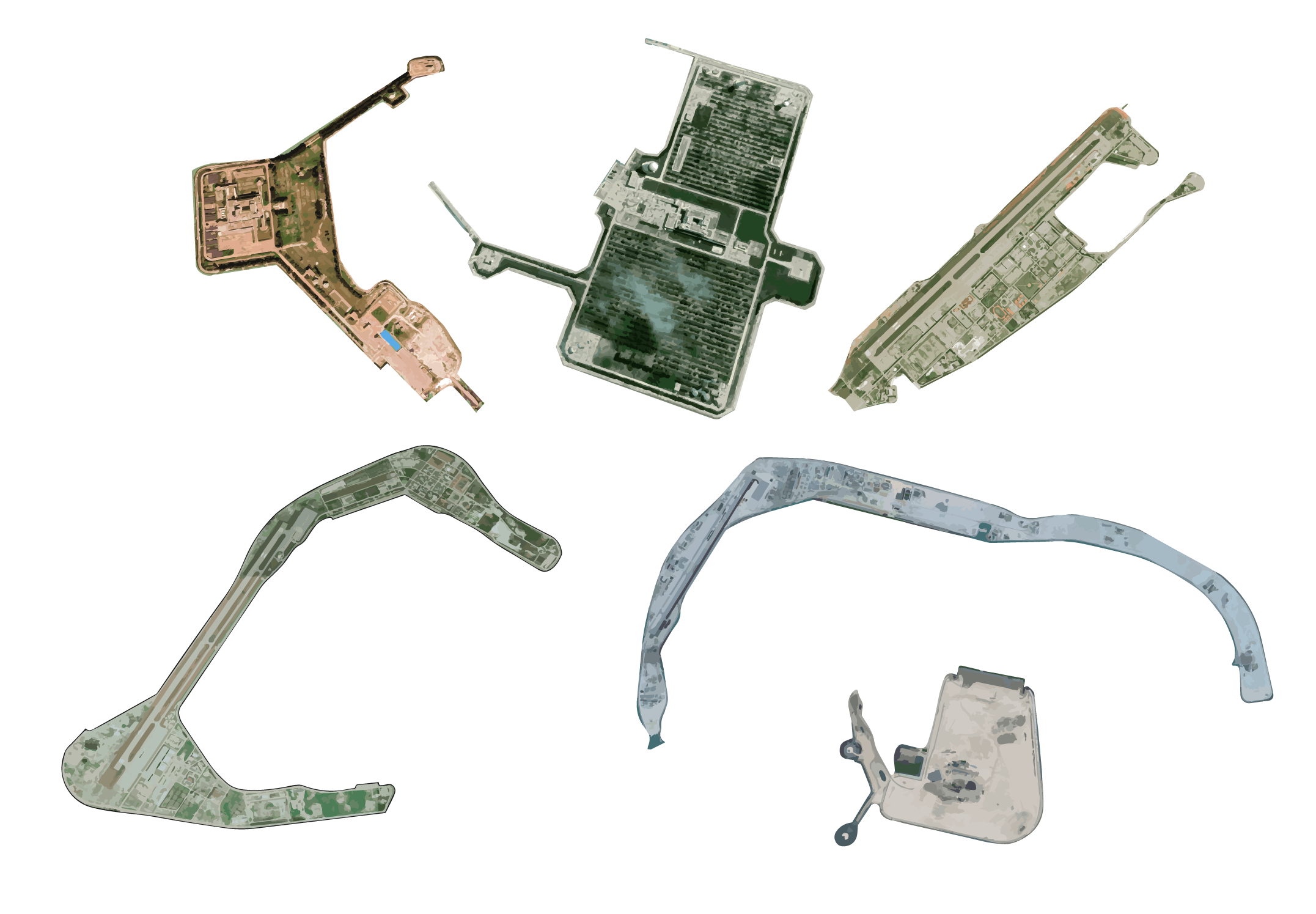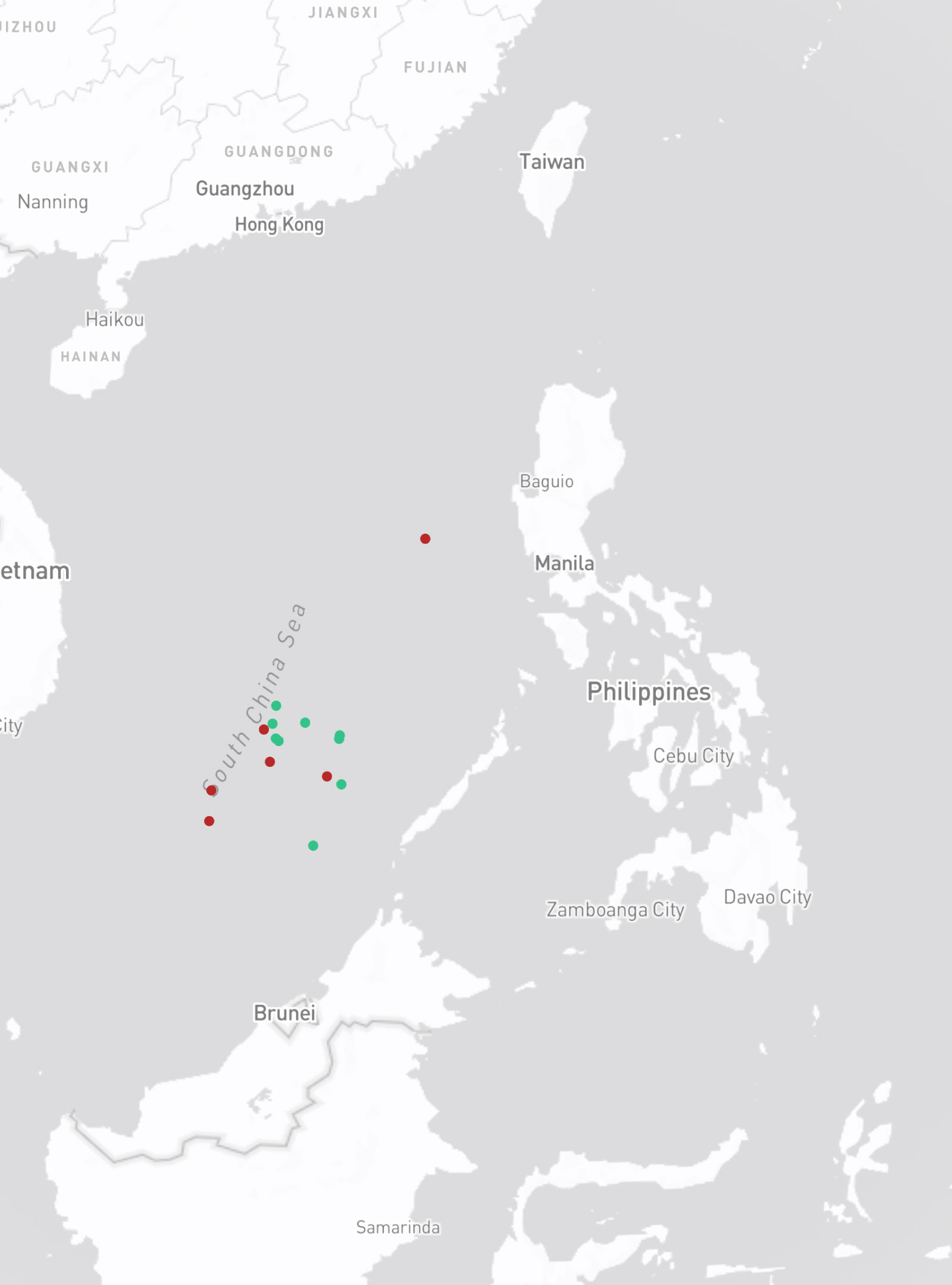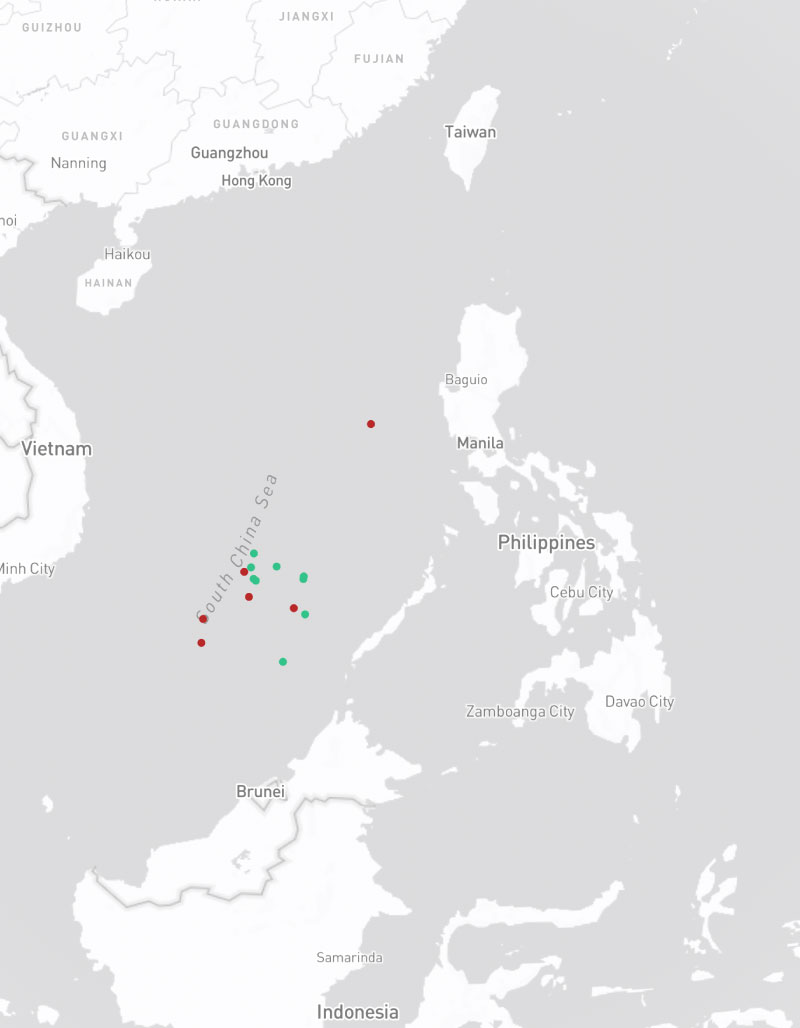The Philippines holds seven natural islands, sandbars, and two reefs in the Spratly Islands this includes
Ayungin Shoal. Ayungin Shoal cannot be subject of claim to territorial sovereignty by any state except the
Philippines.
Claims to other islands in the Spratlys remain unresolved.
While the landmark arbitral ruling has invalidated China's nine-dash line, claims to islands are territorial
or sovereignty claims to land that goes beyond the tribunal's jurisdiction. Taiwan and Vietnam are also
claiming the whole Spratly Islands, while portions are claimed by Malaysia, and Brunei.
According to maritime law expert Professor Jay Batongbacal, it is possible for the Philippines to lay claim
to the seabed around islands outside the EEZ as part of the country's Extended Continental Shelf. While
doing so won't affect the sovereignty claim, it does provide a legal basis for claiming the natural
resources of the seabed.
The United Nations Convention on the Law of the Sea (UNCLOS) defines the continental shelf as the part of the
seabed over which a coastal State exercises sovereign rights with regard to the exploration and exploitation
of natural resources, such as oil, gas deposits, minerals, and other biological resources.
This legal jurisdiction extends up to 200 nautical miles from the coastline, or beyond if the shelf naturally
extends farther.
Aside from the illegal presence of Chinese Maritime Militia vessels in the West Philippine Sea, Beijing
continues to militarize and build artificial islands in the Spratlys.
Satellite images from Google Earth Pro taken from 2014 and the present show the military facilities built by
China on several reefs in the Spratly Island namely: Cuarteron Reef, Fiery Cross Reef, Gaven Reefs, Mischief
Reef, and Subi Reef. China has built military facilities in these strategic areas including airstrips, radar
systems, and missile launchers.
China's actions in the South China Sea have been met with criticism from the international community. But the
underlying consequence of China's militarization of the islands is on the marine environment. A 2023 study by
the Asia Maritime Transparency Initiative and the China Ocean Institute shows the ecological damage wrought
by island building, giant clam harvesting, and overfishing.
- Over 2,500 hectares of coral reef have been destroyed in the South China Sea
- An additional 6,617 hectares were damaged by giant clam harvesting by Chinese fishers
- While fisheries in have been overexploited with fish catch stagnating since the 1990's
The Philippines has condemned China for its provocative actions against Filipino fishermen and crew members
and fought against the militarization of reefs within the exclusive economic zone and the extended
continental shelf. However, China refuses to recognize the arbitral win.
After the water cannon incident on March 23, China's Defense Ministry even accused the Philippines of
escalating the maritime disputes by undertaking provocative moves and spreading misinformation to mislead
the international community.
About the data
Below are the coordinates of the five reefs shown in the data project. These coordinates are based on the data from the
Asia Maritime Transparency Initiative and the Center for Strategic and International Studies.
- Cuarteron Reef: 08° 51' 45" N, 112° 50' 15" E
- Fiery Cross Reef: 9° 32' 45" N, 112° 53' 15" E
- Gaven Reef: 10° 12' 24" N, 114° 13' 25" E
- Mischief Reef: 09° 54' 00" N, 115° 32' 00" E
- Subi Reef: 10° 55' 25" N, 114° 5' 5" E
The full list of the coordinates of the island features, sandbars, and reefs held by the Philippines, as well
as the other island features militarized by China, can be found on this text file saved on the GitHub
project.
The baseline coordinates used in the Philippine map are taken from Republic Act 9522 (2009). The maritime
zones are from the Flanders Maritime Boundaries
database.
This data project was done in consultation with maritime law expert Prof. Jay Batongbacal.
For more information on the South China Sea disputes, you can visit the Asia
Maritime Transparency Initiative and the Center for Strategic and
International Studies.



